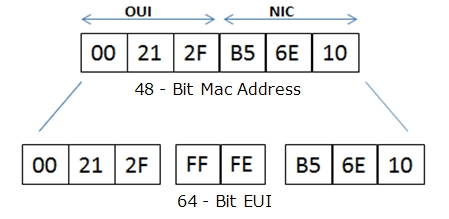

An engineer has configured a router to use EUI-64, and was asked to document the IPv6 address of the router. The router has the following interface parameters: mac address 2201.420A.0004 subnet 2001:DB8:0:1::/64
Which IPv6 addresses should the engineer add to the documentation?

Bastex
Highly Voted 5 years, 9 months agopudu123
Most Recent 5 years, 7 months agod719273
5 years, 6 months agoGngogh
5 years, 5 months agod719273
5 years, 7 months ago